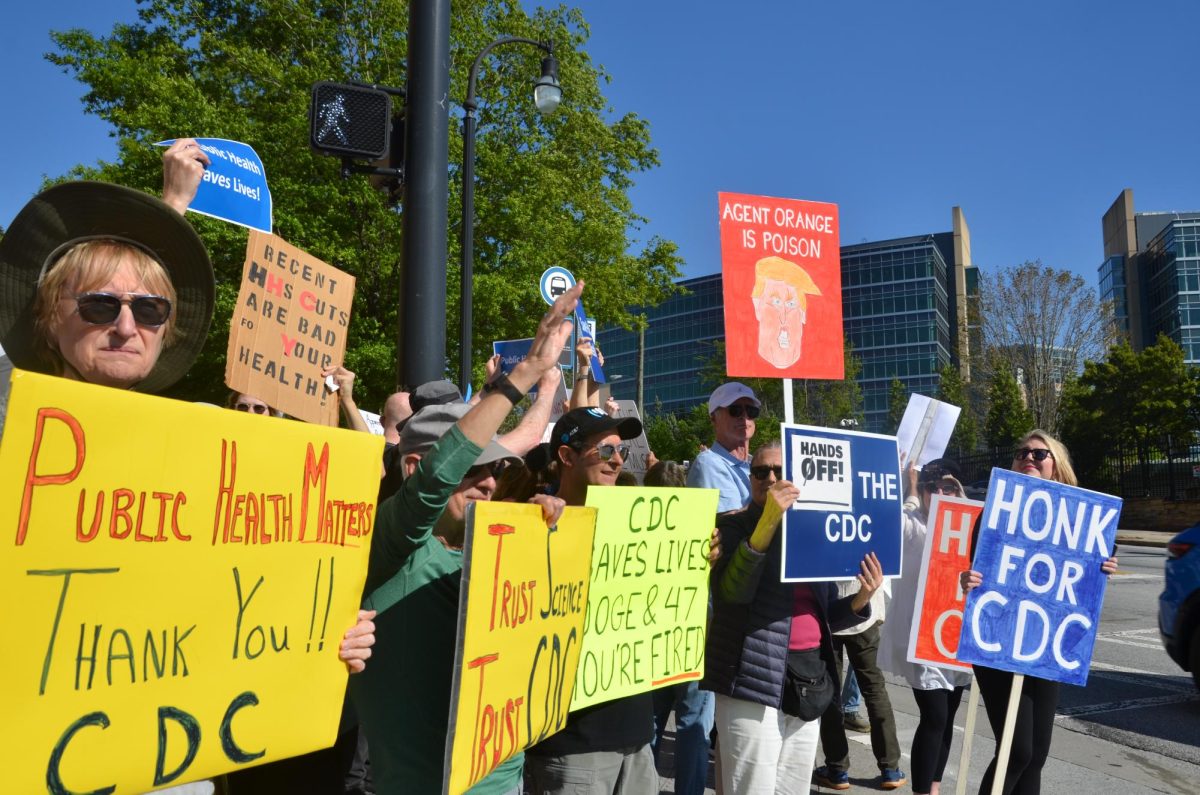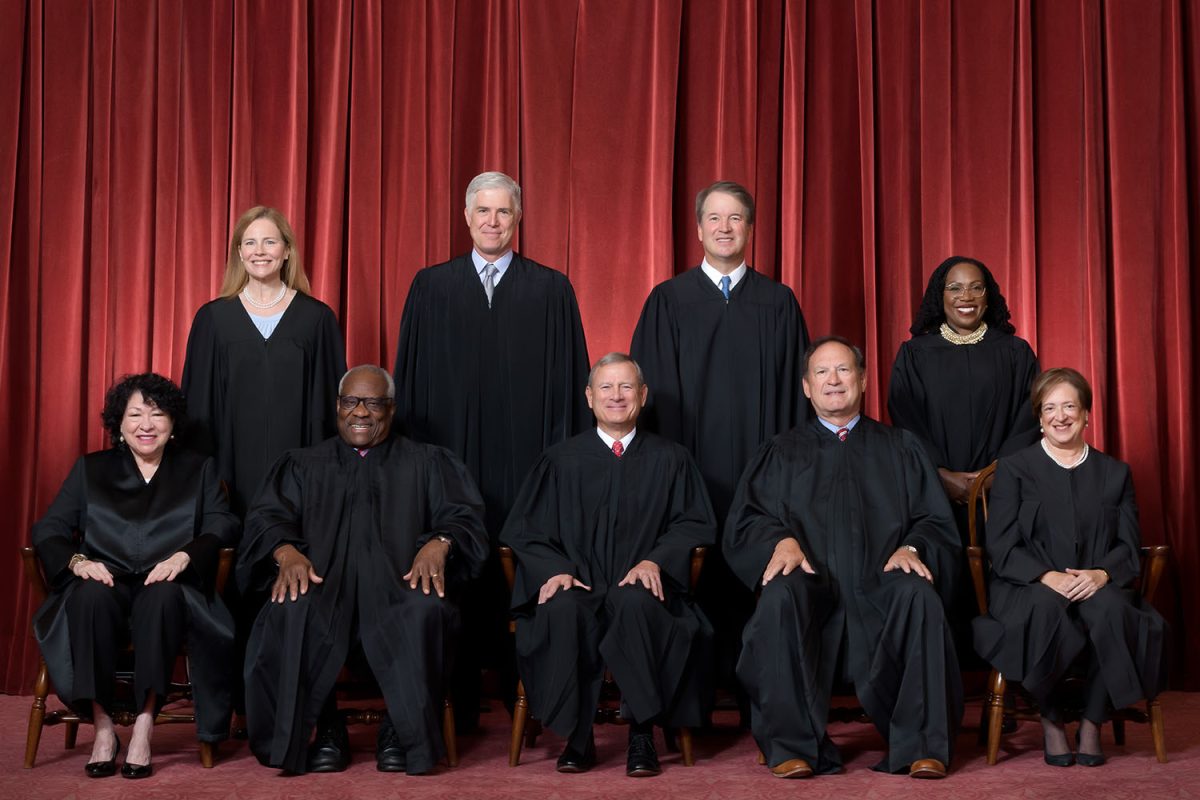One major element in President Trump’s sweeping reform of the federal government has been layoffs and budget cuts to major federal agencies. Among the most affected of these agencies is the Centers for Disease Control and Prevention.
The CDC is a federal agency headquartered in Atlanta, with its main campus in the Midtown Cluster adjacent to Emory University. The CDC employs over 11,000 people and 5,800 at its campus in Midtown. The CDC’s mission is to research, identify and prevent infectious and non-infectious diseases in the U.S. and around the world.
Since returning to the presidency in January, Donald Trump has made a focal point of his administration to cut down on government spending and changing the messaging of government agencies to fit his vision using executive orders and the new Department of Government Efficiency. This has resulted in gutting the agencies he claims are unnecessary or do not agree with him, including the CDC.
Beginning March 14, the Trump administration began informing over 1,300 CDC employees they would be laid off as a result of directives from the president and secretary of Health and Human Services Robert Kennedy. It has not been made public which portions of the agency received layoffs.
The layoffs were sudden, unreasonable and poorly planned — a fact was proven when the federal government and DOGE requested 180 employees return to work as their jobs were crucial to national health and security. The sudden firing and then unfiring of nearly 200 workers is emblematic of the Trump administration’s haphazard approach to its budget cutting measures.
Beyond implications for its employees, the restructuring and layoffs at the CDC will have consequences for the broader U.S. and the world. The CDC has served as a warning bell to the world about breakouts of diseases, including COVID-19 in 2019 and 2020 and Ebola between 2013 and 2016. Cutting funding to the agency risks slowing reactions to future outbreaks for America and the rest of the globe.
The federal government has also created new restrictions on the research and publication of data and information from the CDC. After temporarily taking down numerous web pages from the CDC website that did not align with Trump’s messaging, the administration barred the CDC from releasing any information that were not: public health emergencies of imminent threat to U.S. citizens, advisories for doctors, communications required by regulation or statute, travel health information or necessary information for grants. Along with instructions to have mass communication reviewed by the department’s politically-appointed higher-ups, it has been made near impossible for the CDC to release information to the public, stamping its goal of public safety in America for political gain.
An example of this internal censorship the CDC is experiencing is the response to the ongoing Texas measles outbreak, where 646 people have contracted the highly contagious disease that is commonly prevented by the MMR (Measles Mumps and Rubella) vaccine. Despite this, the CDC ordered its scientists not to release an experts’ assessment that found the risk of getting measles was higher in areas with low vaccination rates. This reluctance to promote vaccination falls inline with the beliefs of both Secretary Kennedy and President Trump, both of whom have promoted vaccine skepticism in the past.
One of the largest changes the CDC could experience if Trump gets his way is the defunding of the CDC’s HIV division. In his first term, President Trump introduced a plan to reduce HIV/AIDS infections and deaths proved successful. The president has seemingly flipped on this issue, now proposing to remove the HIV division of the CDC entirely and spread its operations among new agencies. The government already gutted HIV/AIDS prevention with the end of USAID, and reducing the CDC’s ability to track, research and prevent the disease would only continue to injure efforts to eradicate a global pandemic that has claimed 8,000 Americans a year since the 1990s.
The CDC has been America’s and the world’s first line of defense against pandemics. In 2020 and 2021, the CDC led the response to COVID, along with heading the research, testing and rollout of the various vaccines that helped end the pandemic. In the 1960s and 1970s, the CDC championed the eradication of smallpox, one of the greatest achievements in medical history.
The CDC is a cornerstone in the U.S. government’s struggle to keep its citizens healthy and safe, and assist in other countries’ efforts to do the same. To dismantle it would be equivalent to defunding the Department of Defense, as it would leave America defenseless against the ever-evolving diseases that target its citizens.















